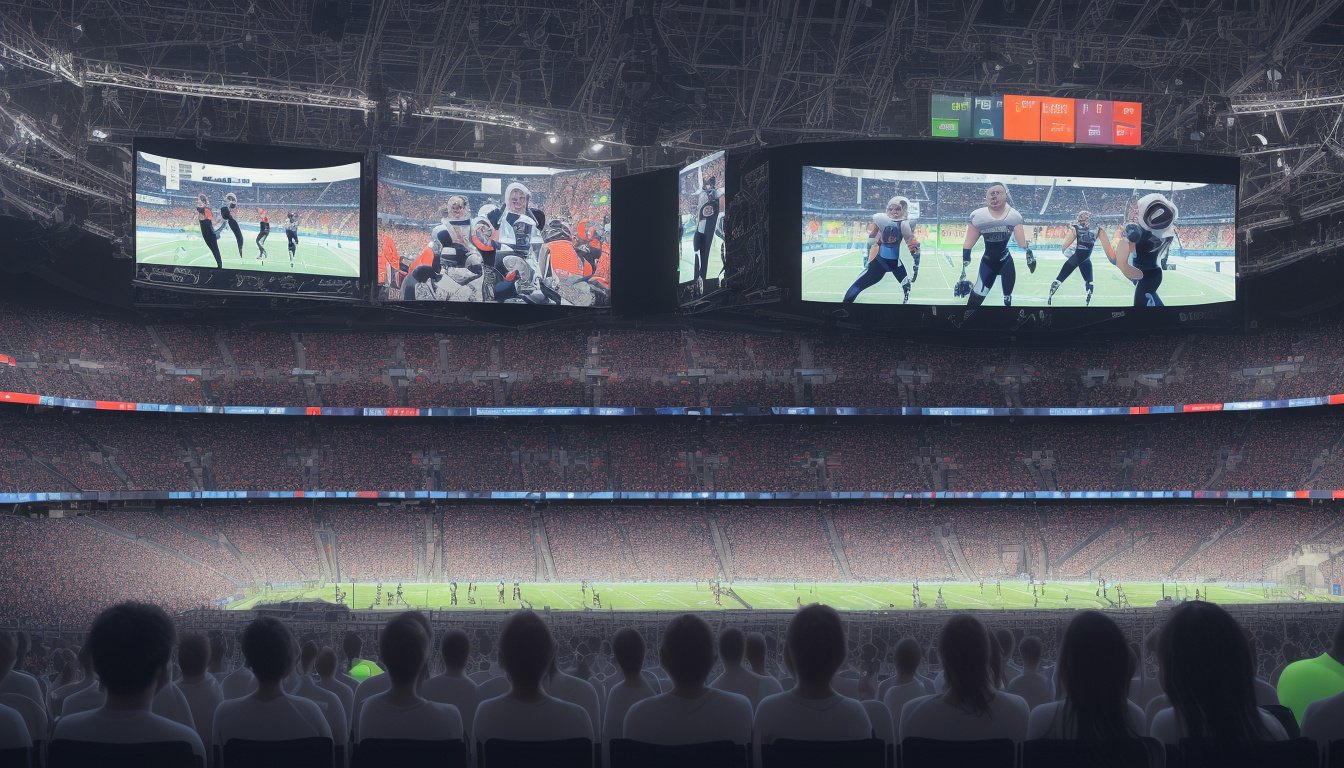Why Don’t We Trust Technology in Sport?
By Zoe Kleinman, Technology Editor
Published 7 July 2025
For a brief but telling moment on Sunday afternoon, Wimbledon’s Centre Court highlighted the complex and often uneasy relationship between humans and machines in sport.
During a crucial point, Britain’s Sonay Kartal hit a backhand shot that landed long. Her opponent, Anastasia Pavlyuchenkova, along with the umpire, was certain the ball was out – a fact confirmed by television replays. Yet the electronic line-calling system, which this year has fully replaced human line judges at Wimbledon, remained silent. After several minutes, the human umpire ruled the point should be replayed. Pavlyuchenkova lost the replayed point and later expressed that the original point had been “stolen” from her. She speculated if the issue stemmed from Kartal’s British nationality.
The root cause was less controversial but profoundly human: someone had accidentally switched off the electronic line judge system. This simple human error reignited debates about technology’s role and trustworthiness in sport, especially in traditions as revered as Wimbledon.
Technology versus Tradition
Wimbledon’s move to fully automated electronic line-calling (ELC) has been controversial. The system, developed by Hawk-Eye, employs 12 cameras per court to track balls and players’ foot placement during serves. Real-time data is analysed with artificial intelligence (AI), with a team of 50 human operators managing the technology. The decisions are announced using recordings of 24 different human voices, lending a somewhat familiar touch to the automated calls.
Despite the advancements, some players and fans remain skeptical. British player Emma Raducanu voiced her disappointment after querying the technology’s decisions during a recent match, while tennis legend John McEnroe’s storied disputes with human officials serve as reminders of the game’s human imperfections that some cherish.
Conversely, former Wimbledon champion Pat Cash supports the technology, telling the BBC, “The electronic line-calling is definitely better than the human eye. Computer errors will come at times, but generally speaking, the players are happy with it.” He added that even though there were some concerns about the system not being perfect this week, it is still superior to human judgment.
The Challenge of Trust
Why, then, does mistrust persist? Professor Gina Neff of Cambridge University points to a deeply ingrained sense of fairness. “Humans understand context much better than machines,” she explains. “Machines make decisions based on pre-programmed rules, but people consider multiple values and outside factors. A ‘right’ call might not feel like a ‘fair’ call.”
Prof. Neff suggests that framing the debate as humans versus machines is too simplistic. Instead, the best outcomes come from the interaction between people and technology, employing the strengths of both to deliver fair decisions. This perspective underpins “responsible AI,” which emphasizes human oversight to ensure fairness and safety.
However, human oversight does not always prevent controversy. The VAR system in football, for example, has been plagued with disputes. The Premier League admitted a “significant human error” when VAR failed to correct an incorrect offside call in a Tottenham vs Liverpool match, sparking outrage. Such incidents fuel skepticism about AI-assisted officiating.
Broader Unease with AI and Technology
The sports mistrust reflects wider societal unease about AI and automation. Entrepreneur Azeem Azhar notes that rapid technological changes challenge our sense of control and agency, leading to discomfort. Public trust in technologies like AI-based medical diagnostics or autonomous vehicles remains cautious, even when data shows these systems outperform humans in accuracy and safety.
For example, while AI can detect early signs of cancer with higher accuracy than radiologists, patients often prefer confirmation from human doctors before accepting a diagnosis. Similarly, autonomous cars have logged millions of miles with fewer accidents than humans but many people still feel unsafe riding in them.
The Quest for Perfection and Its Discontents
Sports journalist Bill Elliott, editor at large of Golf Monthly, captures a central tension: “What sports organisers are trying to achieve with technology is perfection.” While technology can reduce errors and controversies, Elliott argues that a perfect, error-free sporting world may also feel sterile or boring. Imperfections and human drama are part of sport’s allure, and removing them alters its character.
The Wimbledon incident underscores that despite technological progress, human factors and traditions continue to play a critical role in sport. As technology evolves, balancing accuracy with the human element—as well as preserving the spirit and fairness of competition—remains a delicate challenge.
Looking Ahead
In response to Sunday’s mishap, Wimbledon has implemented a safeguard preventing the electronic line-calling system from being manually deactivated in the future. The All England Lawn Tennis Club remains confident in the technology, with CEO Sally Bolton stating, “We have the most accurate officiating we could possibly have here.”
Yet, the debate continues: how can sports best integrate innovative technology without losing the trust, fairness, and human engagement that make competition compelling? The answer may lie not in choosing between humans or machines but in a careful partnership that respects both.
Related Articles
- New £55m Deal for Forest Winger Elanga Agreed
- Emma Raducanu’s Disappointment Over Tech Decisions
- VAR’s Accuracy and Controversies in the Premier League
For more articles, visit BBC Sport.
© 2025 BBC. All rights reserved. Read about our approach to external linking and privacy policies on our website.










